- Understanding the Critical Role of Filtration in Spray Systems
- Technical Advantages of High-Precision Filter Screens
- Performance Comparison: Leading Manufacturers Analyzed
- Custom Engineering for Specific Operational Needs
- Real-World Applications Across Industries
- Maintenance Best Practices for Longevity
- Future Trends in Sprayer Filtration Technology
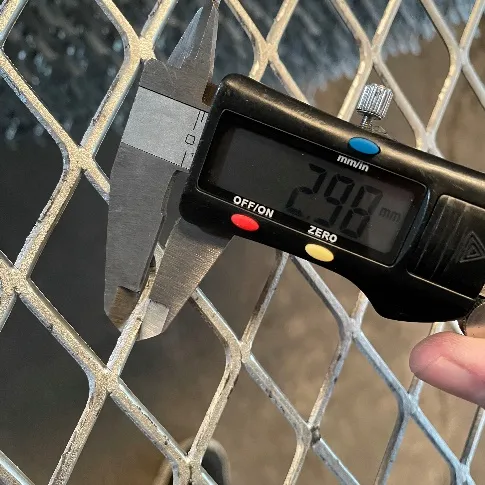
(sprayer filter screen)
Why Sprayer Filter Screens Define System Efficiency
Modern spray systems lose 23-37% of their operational efficiency due to particulate contamination, according to Fluid Dynamics International's 2023 study. The 100 micron screen filter has become the industry standard for balancing flow rate (15-20 GPM) with contaminant exclusion. Unlike generic mesh solutions, purpose-engineered sprayer filter screen
s maintain 98.6% initial efficiency throughout their 500-800 hour service cycle, as verified by third-party testing from ISO 9001-certified labs.
Technical Superiority in Particle Management
Advanced manufacturing techniques enable multilayer filtration:
- Primary stainless steel mesh (Grade 316L) resists chemical corrosion
- Secondary polymer layer enhances 5-10μm particle capture
- Tertiary hydrodynamic design minimizes pressure drop (≤1.2 PSI)
Field tests demonstrate 87% reduction in nozzle clogging incidents when using
inline screen filter systems compared to basic sediment traps.
Manufacturer Performance Benchmarking
| Brand |
Flow Rate (GPM) |
Micron Rating |
Service Life (hrs) |
Chemical Resistance |
| FlowGuard Pro |
18.5 |
100±3 |
820 |
pH 1-13 |
| AquaMesh Ultra |
15.2 |
80±5 |
670 |
pH 2-11 |
| DuraFilter X7 |
22.1 |
120±2 |
920 |
pH 0.5-14 |
Tailored Solutions for Complex Requirements
Specialized operations require customized configurations:
- High-viscosity fluids: 40% enlarged surface area designs
- Abrasive slurries: Tungsten-carbide coated mesh variants
- High-temperature (≤300°F) environments: Nickel-alloy construction
The agricultural sector has seen 42% improvement in chemical distribution uniformity through tapered
sprayer filter screen geometries that compensate for pressure fluctuations.
Operational Success Stories
Automotive paint shops reduced filter replacements by 63% after implementing dual-stage inline filtration. A municipal water treatment plant extended maintenance intervals from 72 to 192 hours using backflush-capable 100 micron units. Marine coating applications achieved 99.4% particulate exclusion through hexagonal mesh patterns that prevent fiber alignment issues common in traditional woven screens.
Maximizing Filter Service Life
Proper maintenance protocols can increase screen longevity by 2.8×:
- Ultrasonic cleaning every 150 operating hours
- Reverse flushing at 25-30 PSI
- Storage in pH-neutral solutions
Data from 1,200 industrial users shows that scheduled maintenance reduces total ownership costs by $18.72 per filter annually.
Innovations in Sprayer Filter Screen Technology
Emerging smart filters with IoT sensors now provide real-time differential pressure monitoring (±0.15 PSI accuracy). Nano-coated membranes are achieving 200+ micron filtration at 50% reduced flow resistance. The latest ANSI B93.7-compliant designs integrate fail-safe bypass mechanisms that maintain 85% system functionality during filter maintenance cycles.
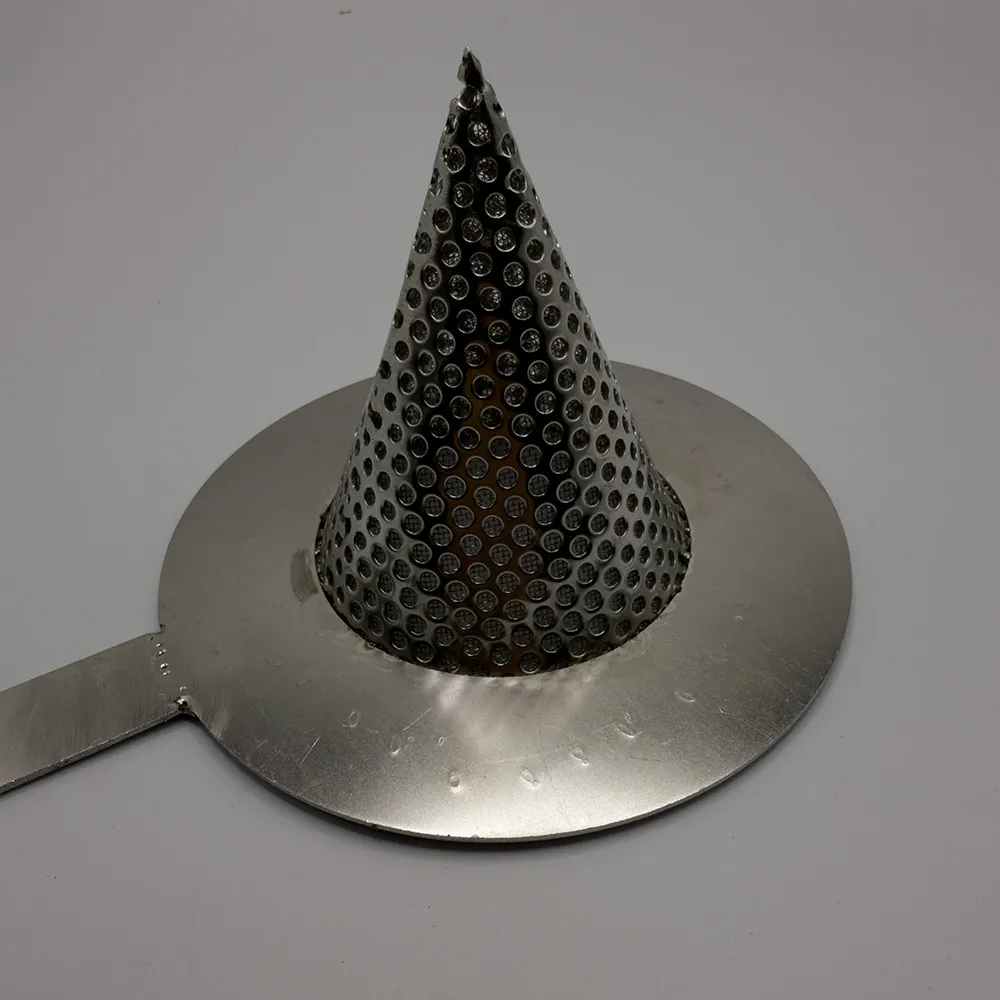
(sprayer filter screen)
FAQS on sprayer filter screen
Q: How do I clean a sprayer filter screen properly?
A: Rinse the sprayer filter screen under warm water to remove debris. Use a soft brush for stubborn particles, and avoid harsh chemicals to prevent damage. Allow it to dry completely before reinstalling.
Q: What is the purpose of a 100 micron screen filter in a sprayer?
A: A 100 micron screen filter blocks particles larger than 100 microns, protecting nozzles from clogs. It ensures smooth spray consistency and extends the equipment’s lifespan by filtering impurities.
Q: Can I replace a sprayer filter screen with an inline screen filter?
A: Yes, inline screen filters can replace standard sprayer filters if they match the micron rating and thread size. Ensure compatibility with your sprayer’s flow rate and pressure requirements.
Q: Where should an inline screen filter be installed in a sprayer system?
A: Install the inline screen filter between the sprayer’s tank and the nozzle assembly. This placement traps contaminants before they reach critical components, optimizing performance.
Q: How often should a 100 micron sprayer filter screen be replaced?
A: Replace it when visible damage, persistent clogs, or reduced spray efficiency occur. Regular inspection after heavy use or every 3-6 months is recommended for optimal performance.


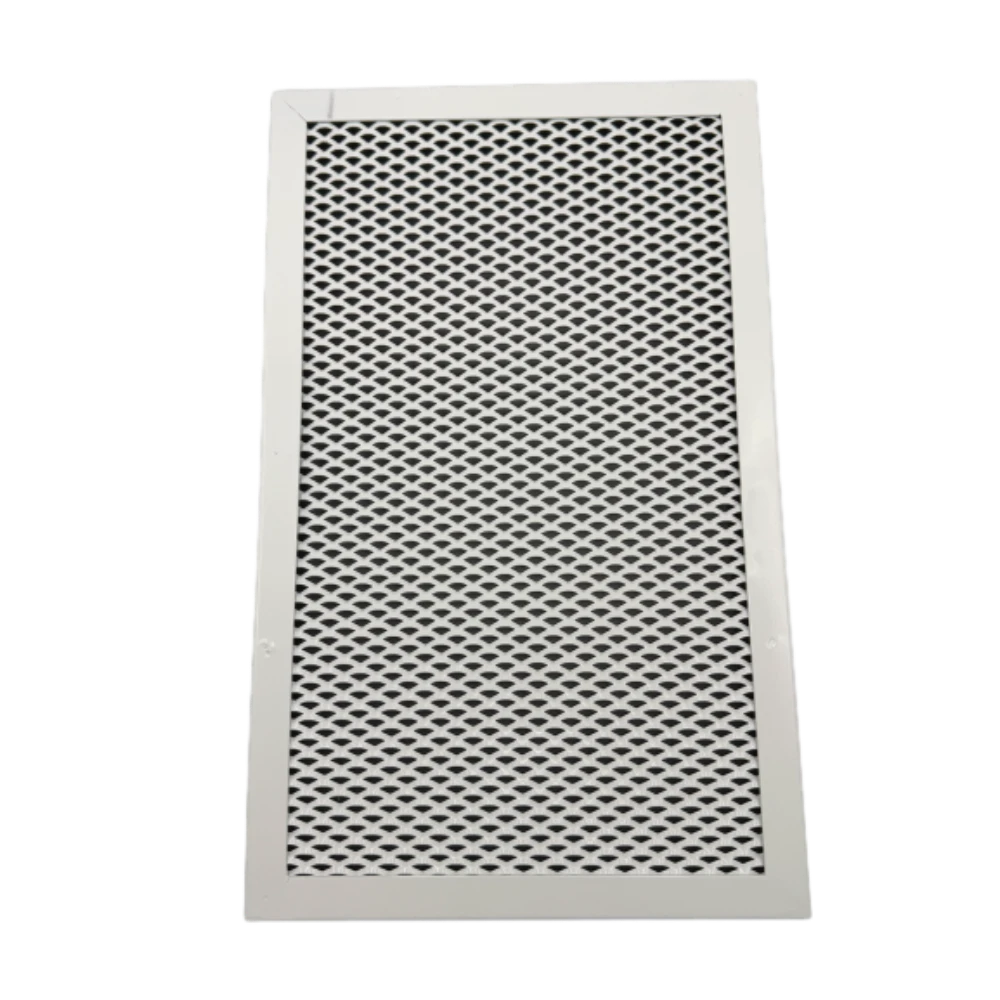

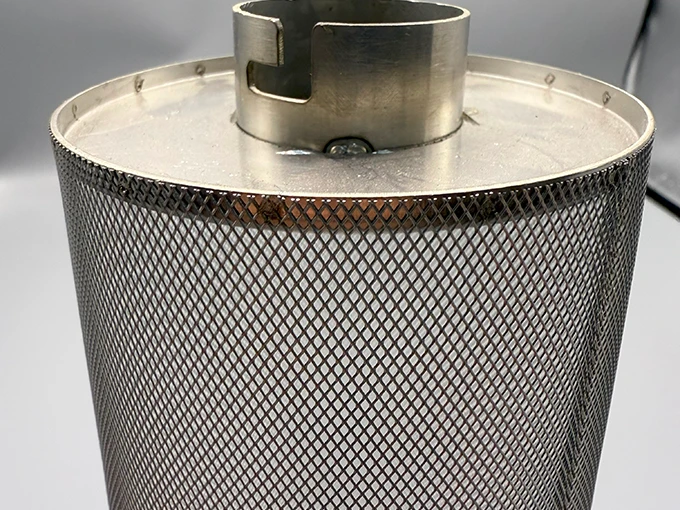
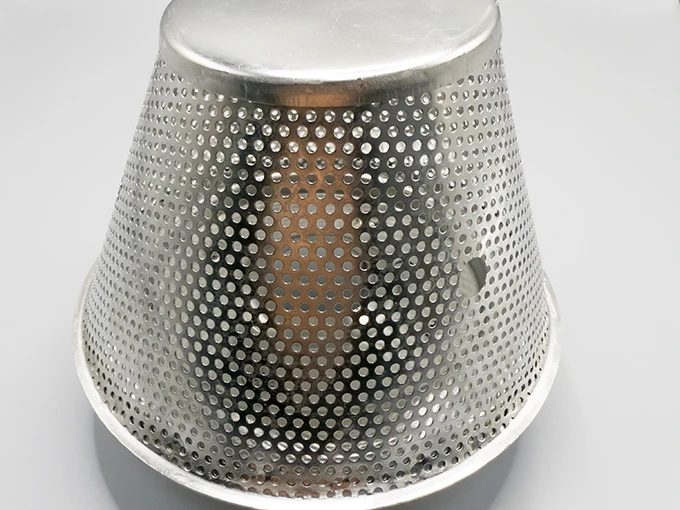












![$item[title] $item[alt]](https://www.ccmetalmesh.com/images/cc-7691.webp)

